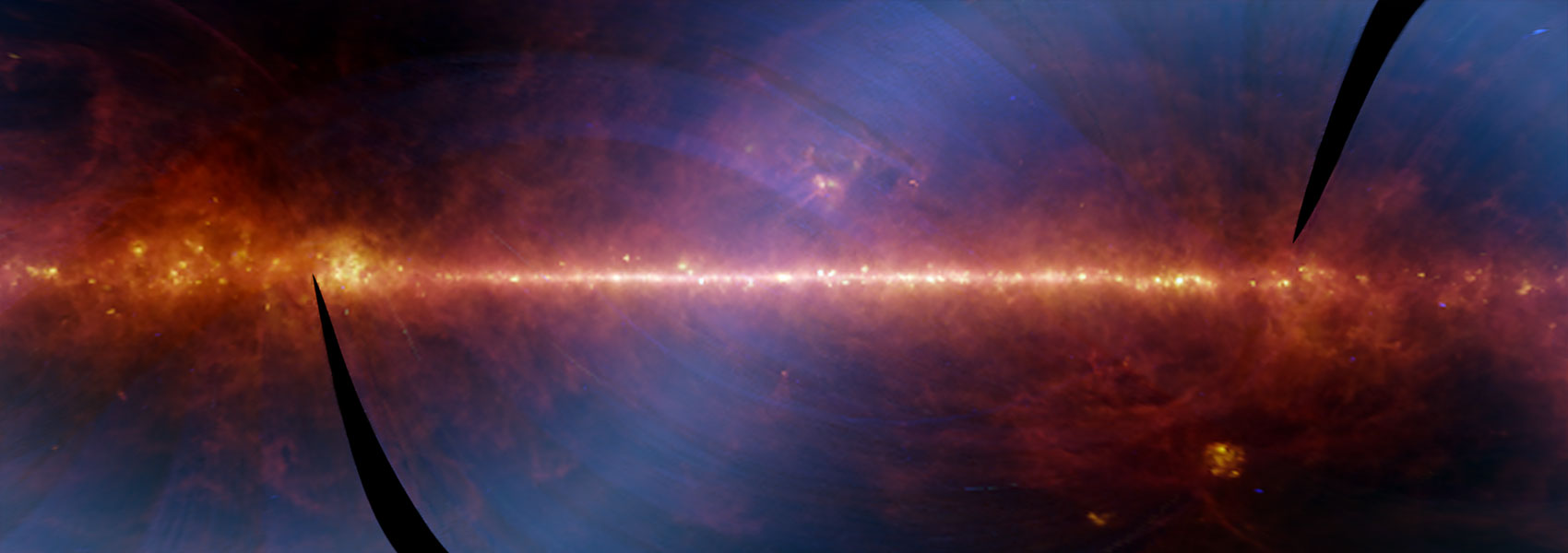August
2017
•
2017ApJ...845..162H
Authors
•
Hasselquist, Sten
•
Shetrone, Matthew
•
Smith, Verne
•
Holtzman, Jon
•
McWilliam, Andrew
•
Fernández-Trincado, J. G.
•
Beers, Timothy C.
•
Majewski, Steven R.
•
Nidever, David L.
•
Tang, Baitian
•
Tissera, Patricia B.
•
Fernández Alvar, Emma
•
Allende Prieto, Carlos
•
Almeida, Andres
•
Anguiano, Borja
•
Battaglia, Giuseppina
•
Carigi, Leticia
•
Delgado Inglada, Gloria
•
Frinchaboy, Peter
•
García-Hernández, D. A.
•
Geisler, Doug
•
Minniti, Dante
•
Placco, Vinicius M.
•
Schultheis, Mathias
•
Sobeck, Jennifer
•
Villanova, Sandro
Abstract
•
The Apache Point Observatory Galactic Evolution Experiment provides the opportunity of measuring elemental abundances for C, N, O, Na, Mg, Al, Si, P, K, Ca, V, Cr, Mn, Fe, Co, and Ni in vast numbers of stars. We analyze thechemical-abundance patterns of these elements for 158 red giant stars belonging to the Sagittarius dwarf galaxy (Sgr). This is the largest sample of Sgr stars with detailed chemical abundances, and it is the first time that C, N, P, K, V, Cr, Co, and Ni have been studied at high resolution in this galaxy. We find that the Sgr stars with [Fe/H] ≳ -0.8 are deficient in all elemental abundance ratios (expressed as [X/Fe]) relative to the Milky Way, suggesting that the Sgr stars observed today were formed from gas that was less enriched by Type II SNe than stars formed in the Milky Way. By examining the relative deficiencies of the hydrostatic (O, Na, Mg, and Al) and explosive (Si, P, K, and Mn) elements, our analysis supports the argument that previous generations of Sgr stars were formed with a top-light initial mass function, one lacking the most massive stars that would normally pollute the interstellar medium with the hydrostatic elements. We use a simple chemical-evolution model, flexCE, to further support our claim and conclude that recent stellar generations of Fornax and the Large Magellanic Cloud could also have formed according to a top-light initial mass function.
Links



